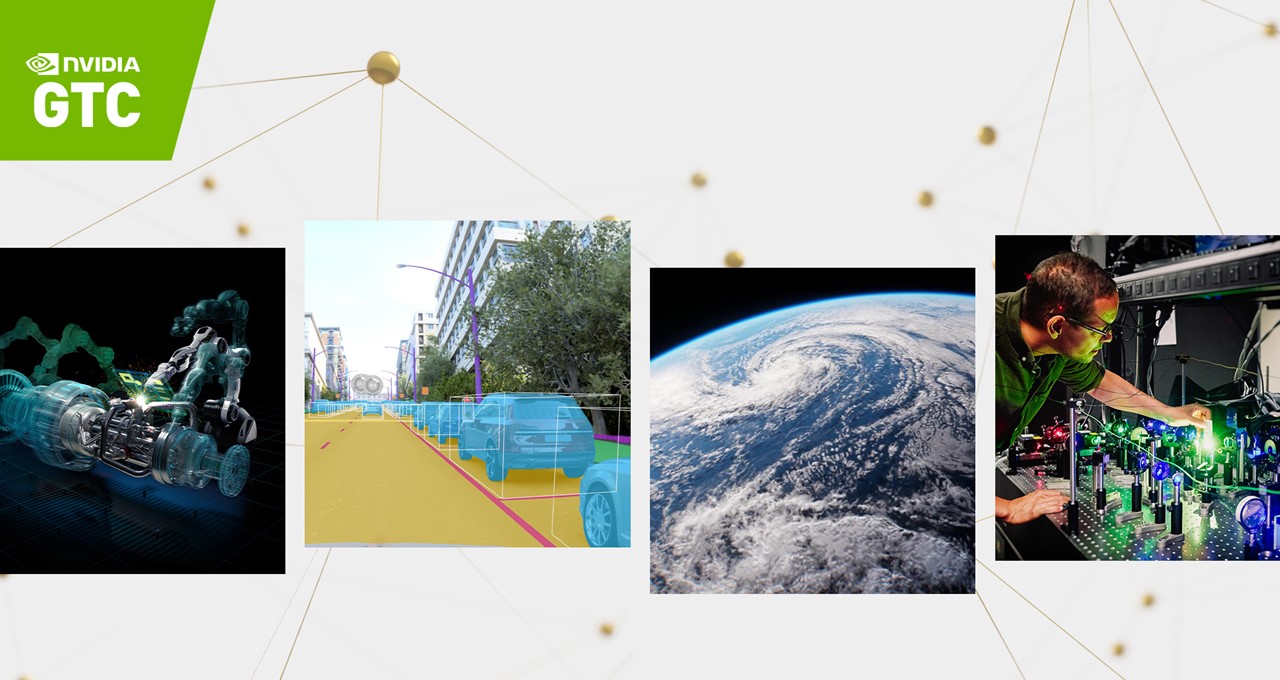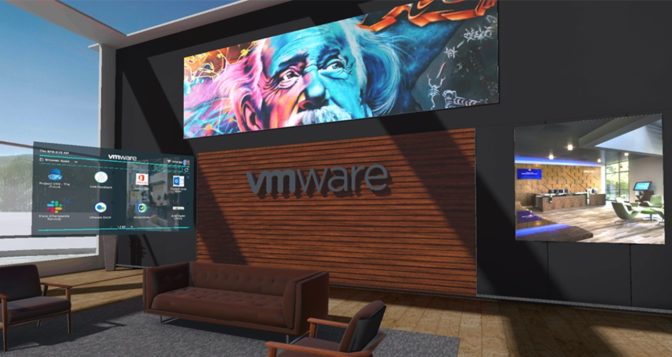Immersive experiences are changing the way we work, play and collaborate.
With NVIDIA RTX technology, professionals are creating high-quality, immersive environments that deliver new levels of realism for industries like architecture, manufacturing, automotive design, healthcare and more.
High-quality extended reality (XR) — a collective term for augmented, virtual and mixed reality — is becoming more accessible with solutions like NVIDIA CloudXR, the advanced streaming technology built on NVIDIA RTX. And innovative platforms like NVIDIA Omniverse are helping teams create collaborative virtual spaces.
Explore three of the biggest trends that are shaping the future of XR.
Blending Physical and Digital Worlds With 5G
5G is shaping the future of immersive entertainment. More companies and creative teams are using 5G networks, which provide high speed and lower latency, to deliver photorealistic, location-based XR experiences. This allows participants to freely explore high-fidelity, 3D immersive environments. When NVIDIA CloudXR and RTX technology are combined with the power of 5G, professionals can create and deliver a more vivid, realistic and dynamic experience than ever.
Recently, NVIDIA CloudXR played a part in delivering the virtual world of the Green Planet AR Experience, an interactive, augmented reality experience that combines physical and digital worlds to connect people with nature. During the experience, visitors are led through a living rainforest and six distinct biomes by a 3D hologram of Sir David Attenborough, familiar to many as the narrator of some of the world’s most-watched nature documentaries.
This new level of immersive experience is only made possible through 5G networks. Learn more about the Green Planet AR Experience on 5G.
Using Real-Time Collaboration to Design XR Worlds
More organizations are adjusting to a hybrid work environment, which means professionals need to find a way to create and deliver content to anyone, from anywhere. As we get closer to the future of virtual worlds, XR streaming from platforms like NVIDIA Omniverse will transform how remote design teams create and collaborate.
Omniverse, a real-time, RTX-powered simulation platform for 3D workflows, enables teams to simultaneously work together on projects in one virtual space. This means globally dispersed teams can use solutions like CloudXR and Omniverse to stream immersive experiences to mobile XR devices anywhere in the world — all while maintaining the high-quality experience traditionally reserved for high-performance computers.
NVIDIA Omniverse has now integrated new Omniverse XR tools that allow users and developers to leverage the real-time ray-traced XR renderer. Learn more about designing collaborative AR and VR worlds in Omniverse.
Delivering High-Fidelity Virtual Worlds With Advanced XR Tools
Consumers and enterprises are using immersive technologies for entertainment, training, design, augmented workflows, collaboration, robotics and more. But as use cases for XR begin to rise, the need for advanced immersive technology is also growing.
Streaming XR is changing the model of distributing immersive applications, and more organizations are building servers that are designed to deliver powerful performance for immersive workloads. With these servers, users can easily take advantage of compute power to combine XR applications with AI and other computing loads.
Additionally, companies like VMware are working with NVIDIA to deliver the infrastructure, edge services and end-user experience for high-quality immersive experiences. Learn how professionals can use VMware Workspace ONE XR Hub and NVIDIA CloudXR to deliver high-fidelity virtual worlds.
Explore other highlights and see what else is in store for XR in the GTC session, “The Future of XR: How Immersion Will Change Everything.”
Learn more about NVIDIA RTX and CloudXR.


